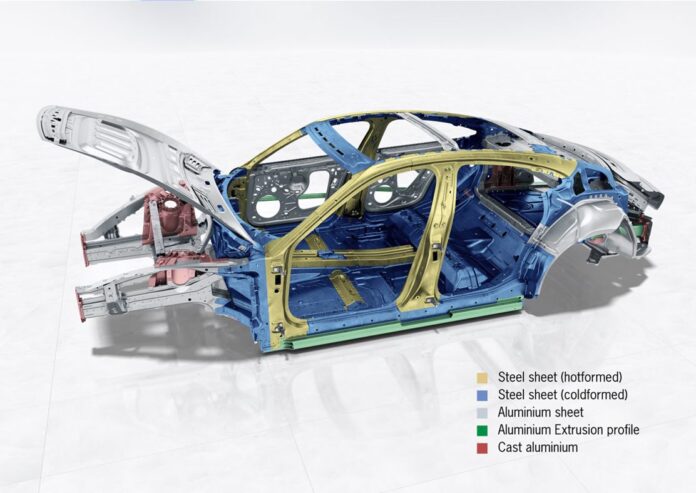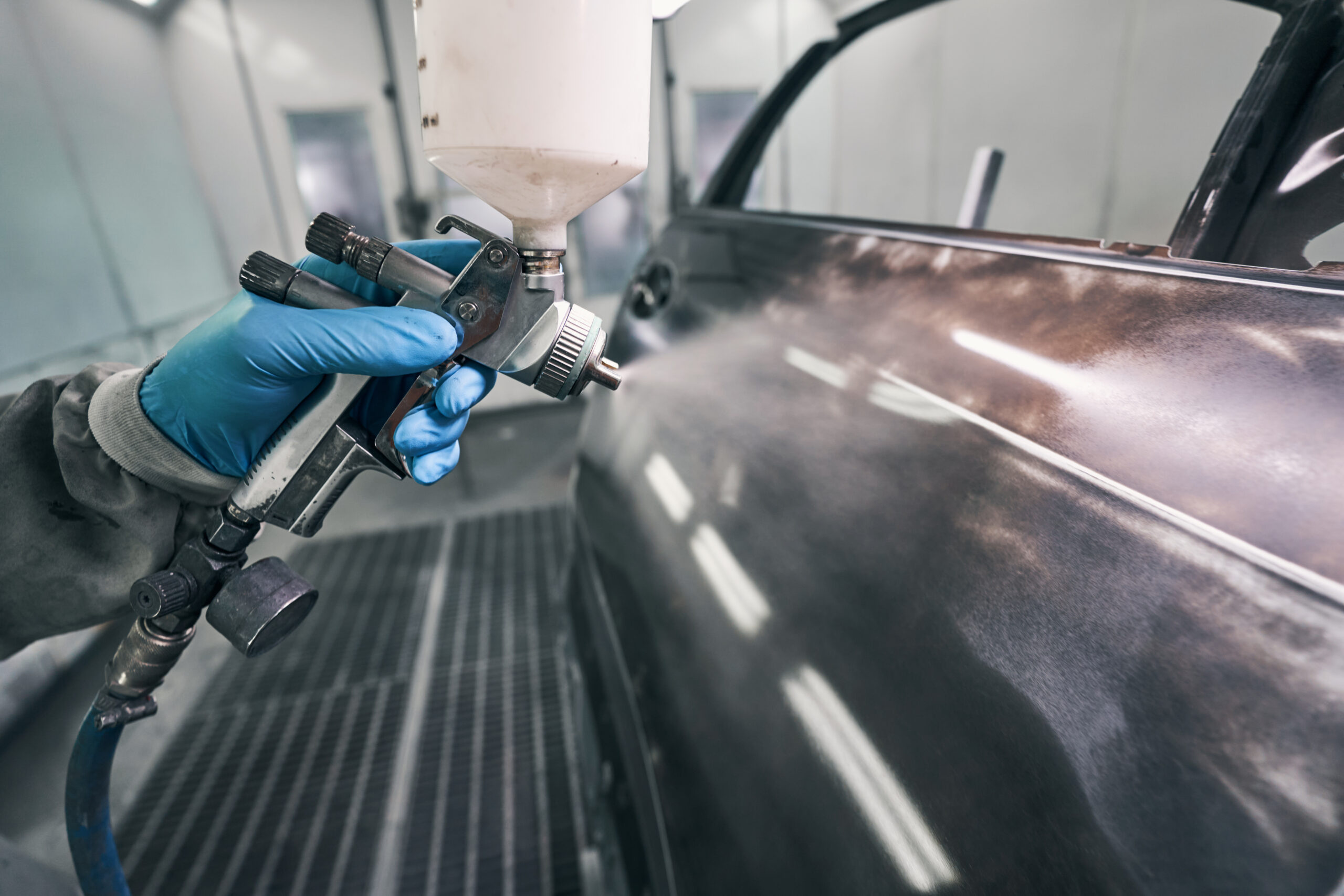Walk into any European bodyshop today, and you’ll hear the same frustration. Cars are getting harder to repair. Vehicle manufacturers are driven to reduce weight and increase fuel efficiency (fossil as well as electricity) by stringent EU emissions targets, but in doing so, they’ve created vehicles that are nightmares to fix after a crash. For instance, the sleek new 2025 BMW 5 Series is a marvel of engineering— the body structure blends aluminium, ultra-high-strength steel, and carbon fibre-reinforced plastics (CFRP) for better structural performance and efficiency. However, after impact, that cutting-edge design becomes a logistical and financial headache for repairers.
Many decades ago, damaged steel-based body structures could be pulled and reshaped with relative ease. However, many of the European based manufacturers have embraced multi-material construction, making traditional repair methods obsolete. The advent of large heat treated pressure die cast aluminium alloy elements, crucial structural components, mean that even minor front-end damage can require a complete sub-assembly replacement rather than a simple panel repair. Welding, once a staple of crash repair, has been complicated by adhesive bonding with weld and even self-piercing rivets, requiring body shops to invest in expensive new tools as well as specialised training.
The 2025 Audi Q5 presents similar challenges. In pursuit of greater efficiency and lower CO2 emissions, Audi has incorporated the Premium Platform Combustion (PPC) lightweight body structutre combining multiple grades of high-strength steel alloy as well as aluminium. It’s an engineering triumph—stiffer, and lighter than ever before. But if a Q5 suffers damage to its A-pillars or side sills, repairing it isn’t as simple as cutting out the affected section and welding in a new piece. Instead, technicians must follow strict manufacturer guidelines, often requiring factory-approved adhesives and rivets. Without the right tools or training, many independent shops are turning away repairs on these vehicles, leaving customers with fewer options and higher costs.
A recent 2024 study by the European Federation of Bodyshops (FIEV) found that repair costs for lightweight vehicles have risen by an average of 28% over the past five years, mainly due to the shift toward exotic materials and complex assembly techniques. The Peugeot 408 Hybrid, for example, features an ultra-light composite tailgate—a move that saves weight but makes even minor rear-end damage far more expensive to fix. Unlike steel or aluminium, composite materials can’t be reshaped or welded; in most cases, if the damage is not minor, the panel must be entirely replaced, driving up both parts and labour costs.
For European body shops, the lightweight trend represents a crossroads. Manufacturers are racing ahead to meet their legal obligations while delivering better refinement for consumers, yet many repairers struggle to keep up. The investment required for OEM certification, specialised tooling, and training is substantial, – those who fail to adapt risk being shut out of an increasingly high-tech repair market.
Despite the challenges, one thing is clear: lightweight is here to stay. With EU regulations tightening and consumer demand for efficiency growing, vehicle manufacturers will only push further into advanced materials. But as European repairers know all too well, innovation on the production line often comes at a cost—and it’s the bodyshops and their customers who are left paying the price.




